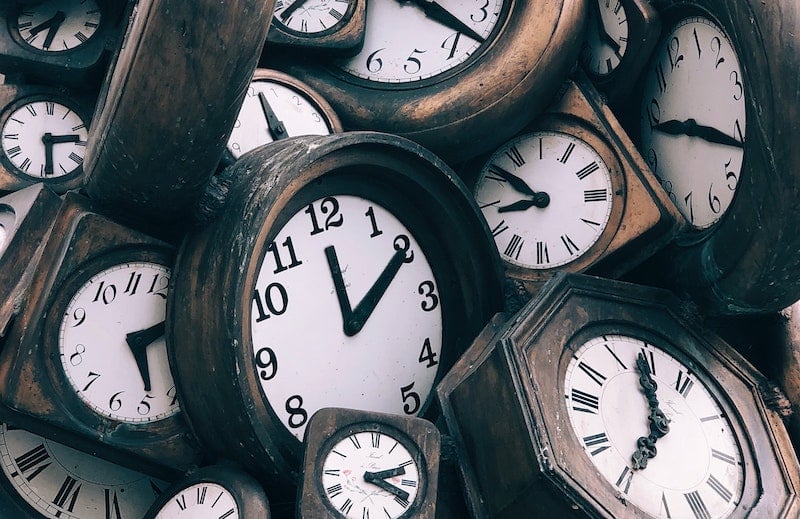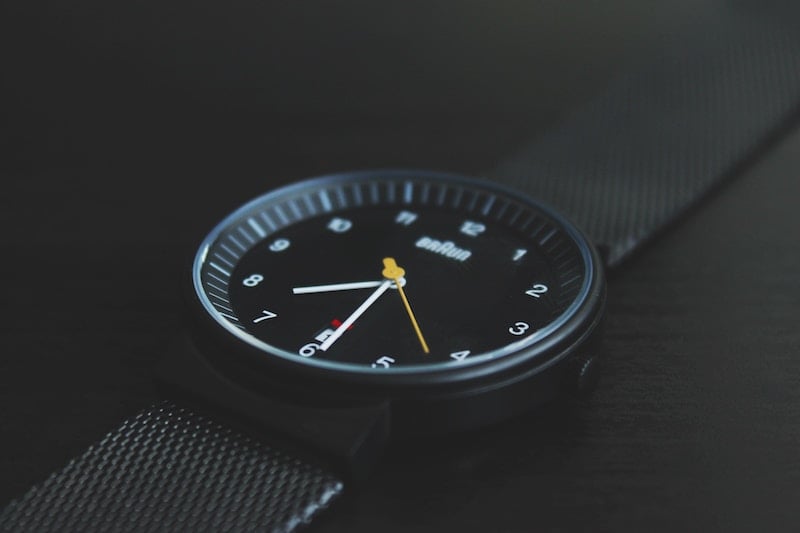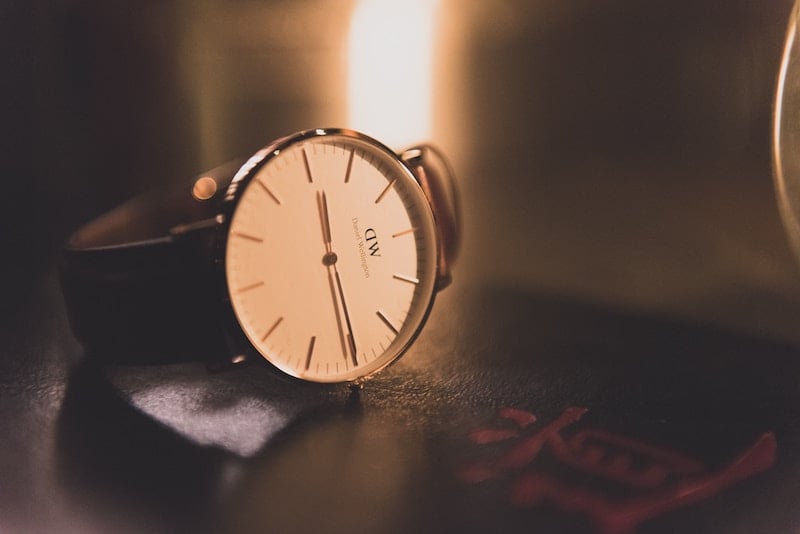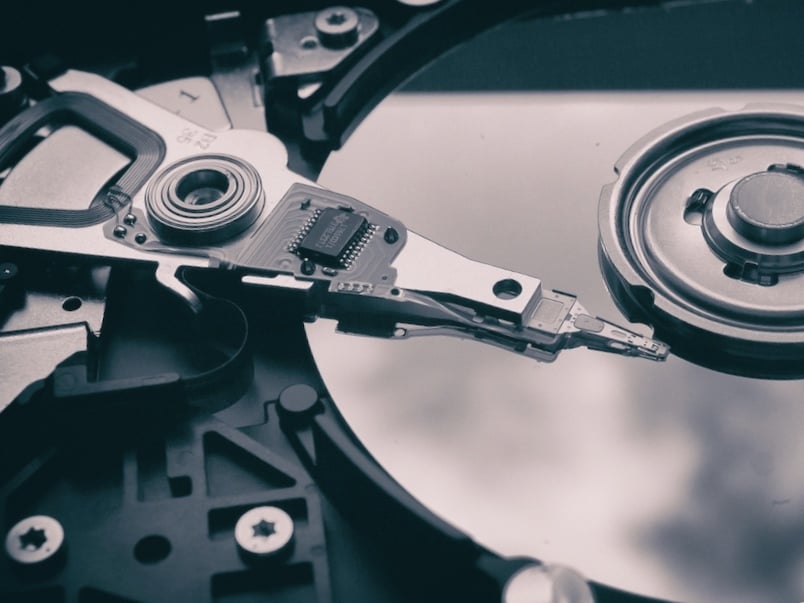How SQL Server stores data types: dates and times
This post dives into how SQL Server stores date and time data types in memory and on disk. But first, a note about endianness: CPUs manufactured by Intel and other vendors process binary values in… How SQL Server stores data types: dates and times






